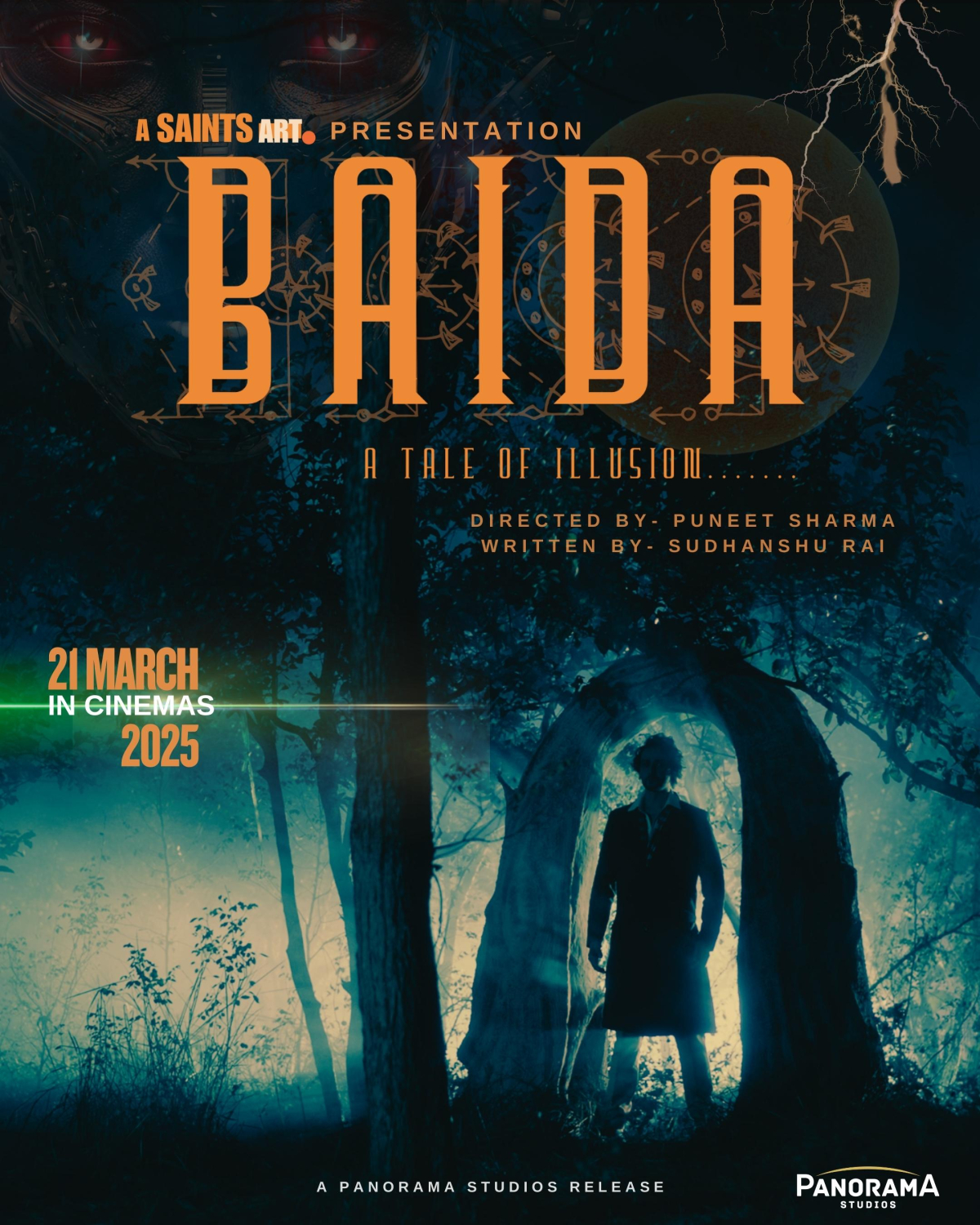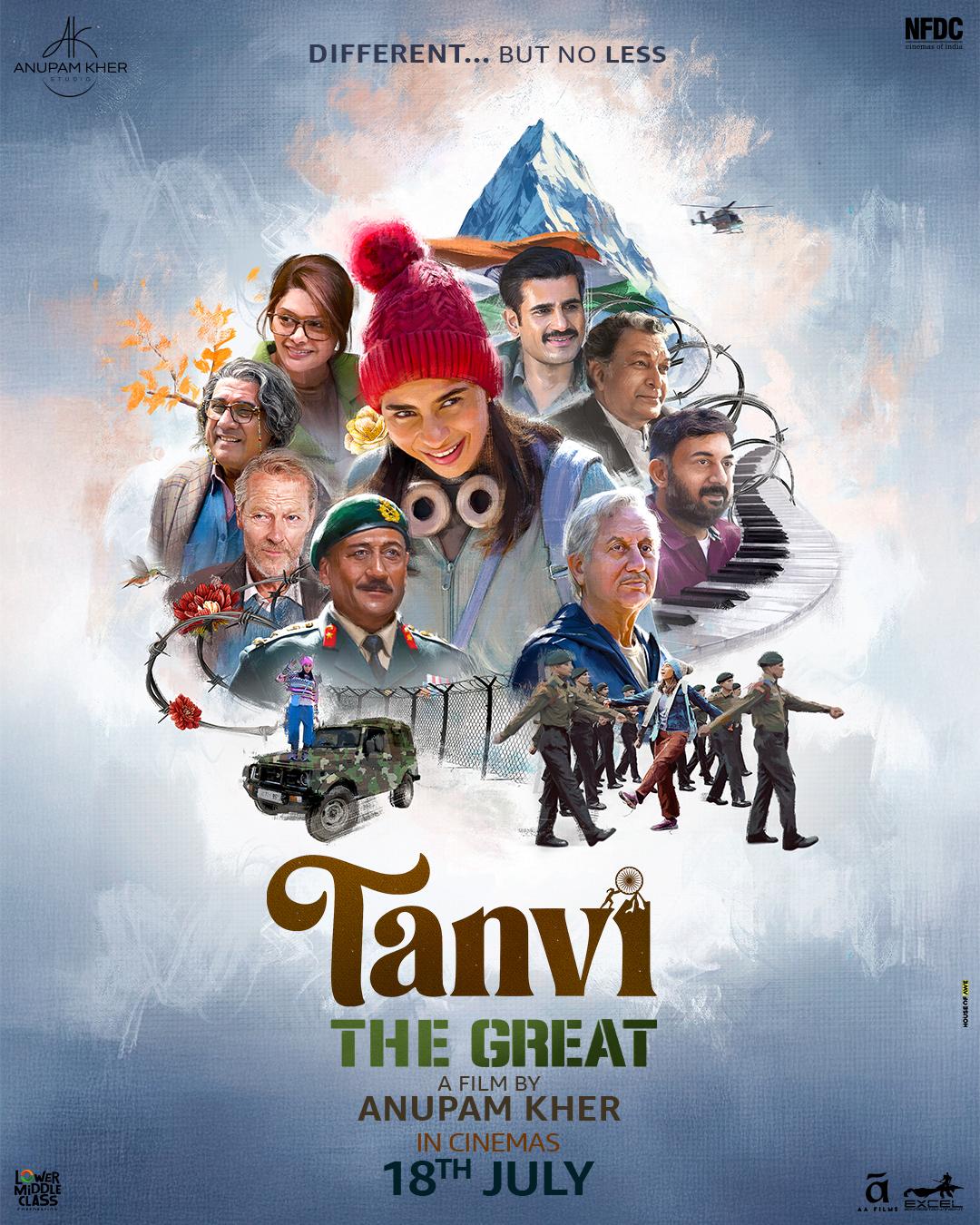|
|
Latest Articles
|

Torrent Description

Category: Adults, Autobiography & Biographies, History Language: EnglishKeywords: Anne Bronte Branwell Bronte Charllotte Bronte Emily Bronte Written by Deborah Lutz Read by Esther Wane Format: MP3 Bitrate: 64 Kbps Unabridged Length: 9 hrs and 29 mins Release date: 08-10-15 Publisher: Audible Studios In this unique and lovingly detailed biography, Victorian literature scholar Deborah Lutz illuminates the fascinating lives of the Brontës through the things they wore, stitched, and inscribed. Lutz immerses readers in a nuanced re-creation of the sisters’ days while moving us chronologically through their lives. From the miniature books they made as children to the walking sticks they carried on hikes on the moors, each possession opens a window onto the sisters’ world, their beloved fiction, and the Victorian era. Publishers Weekly… Applying “thing theory” to the lives and literary legacy of the Brontës, Lutz (Pleasure Bound) skillfully uses the titular nine objects to explore the relationship between the sisters’ world and their fiction. For instance, the miniscule volumes in which the Brontë sisters and their brother, Branwell, recorded their juvenilia (fantasies set in the worlds of Angria and Gondal), prompts discussion of the dearness of printed books in the early 19th century and the consolation that so many Brontë characters find in reading and owning books. A sampler made by Anne, meanwhile, is tied to the many types of needlework and knitting by which Brontë heroines contribute to their households. A chapter on each sister’s portable writing desk as a “personal space safeguarding secrets” contrasts Charlotte (who craved affection) with Emily (who was “deeply reserved”). Lutz bolsters her observations with abundant references to the Brontës’ novels, poetry, and letters, proving especially insightful on Wuthering Heights. She muses on Emily’s special relationship with the nearby moors (in connection with Branwell’s walking stick), and on the imagery of death and the afterlife that laces the novel (elaborated from locks of the Brontës’ hair kept as death mementos). Lutz commends Emily for her “visceral engagement with her subject matter,” and the same could be said of Lutz in this illuminating biographical study. VERDICT Lutz entertains and educates in equal measure in this fascinating and readable book. Bronte lovers, Victorian history buffs, literature libraries, and cultural anthropologists, both amateur and professional, will enjoy this title.–Liz French, Library Journal Length: 9 hrs and 29 mins Release date: 08-10-15 Publisher: Audible Studios In this unique and lovingly detailed biography, Victorian literature scholar Deborah Lutz illuminates the fascinating lives of the Brontës through the things they wore, stitched, and inscribed. Lutz immerses readers in a nuanced re-creation of the sisters’ days while moving us chronologically through their lives. From the miniature books they made as children to the walking sticks they carried on hikes on the moors, each possession opens a window onto the sisters’ world, their beloved fiction, and the Victorian era. Publishers Weekly… Applying “thing theory” to the lives and literary legacy of the Brontës, Lutz (Pleasure Bound) skillfully uses the titular nine objects to explore the relationship between the sisters’ world and their fiction. For instance, the miniscule volumes in which the Brontë sisters and their brother, Branwell, recorded their juvenilia (fantasies set in the worlds of Angria and Gondal), prompts discussion of the dearness of printed books in the early 19th century and the consolation that so many Brontë characters find in reading and owning books. A sampler made by Anne, meanwhile, is tied to the many types of needlework and knitting by which Brontë heroines contribute to their households. A chapter on each sister’s portable writing desk as a “personal space safeguarding secrets” contrasts Charlotte (who craved affection) with Emily (who was “deeply reserved”). Lutz bolsters her observations with abundant references to the Brontës’ novels, poetry, and letters, proving especially insightful on Wuthering Heights. She muses on Emily’s special relationship with the nearby moors (in connection with Branwell’s walking stick), and on the imagery of death and the afterlife that laces the novel (elaborated from locks of the Brontës’ hair kept as death mementos). Lutz commends Emily for her “visceral engagement with her subject matter,” and the same could be said of Lutz in this illuminating biographical study. VERDICT Lutz entertains and educates in equal measure in this fascinating and readable book. Bronte lovers, Victorian history buffs, literature libraries, and cultural anthropologists, both amateur and professional, will enjoy this title.–Liz French, Library Journal 
|
Home - Browse Torrents
ExtraTorrent.st is in compliance with copyrights
2025 ExtraTorrent.st


















